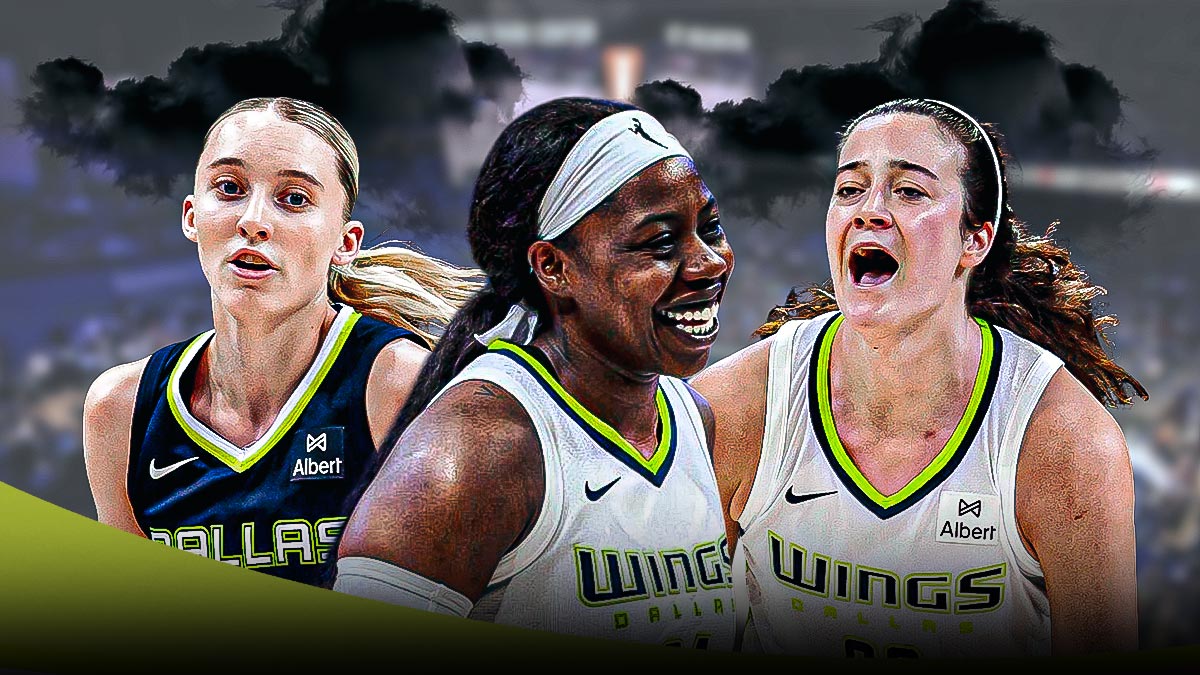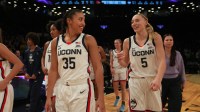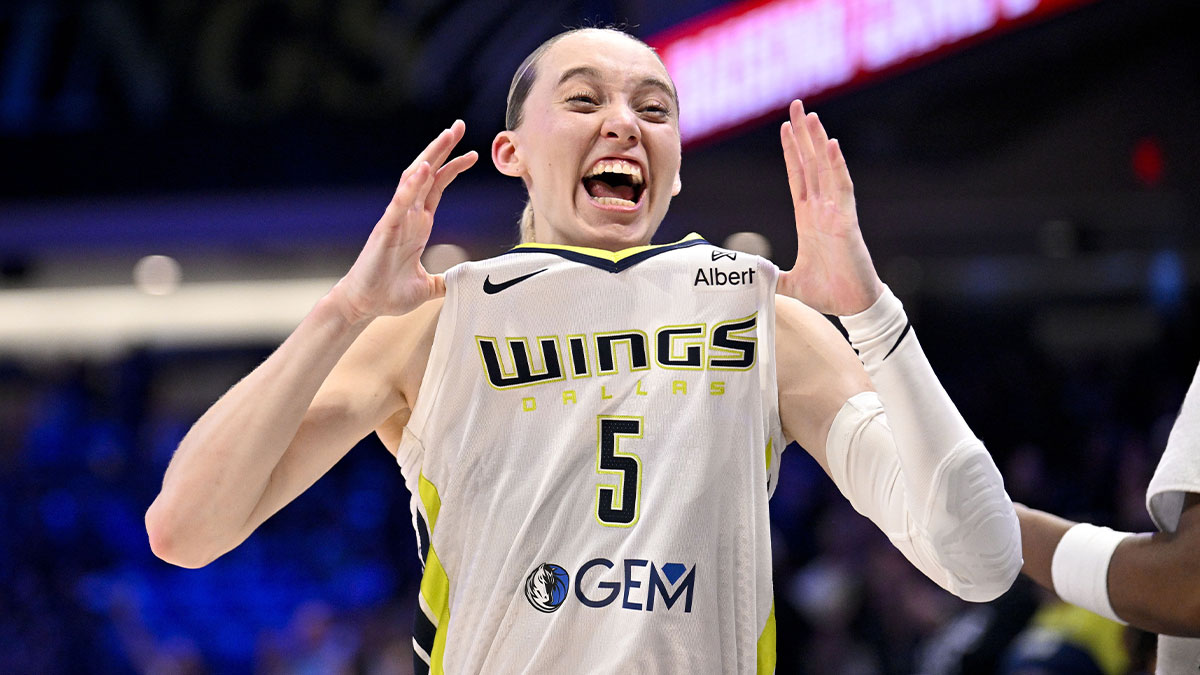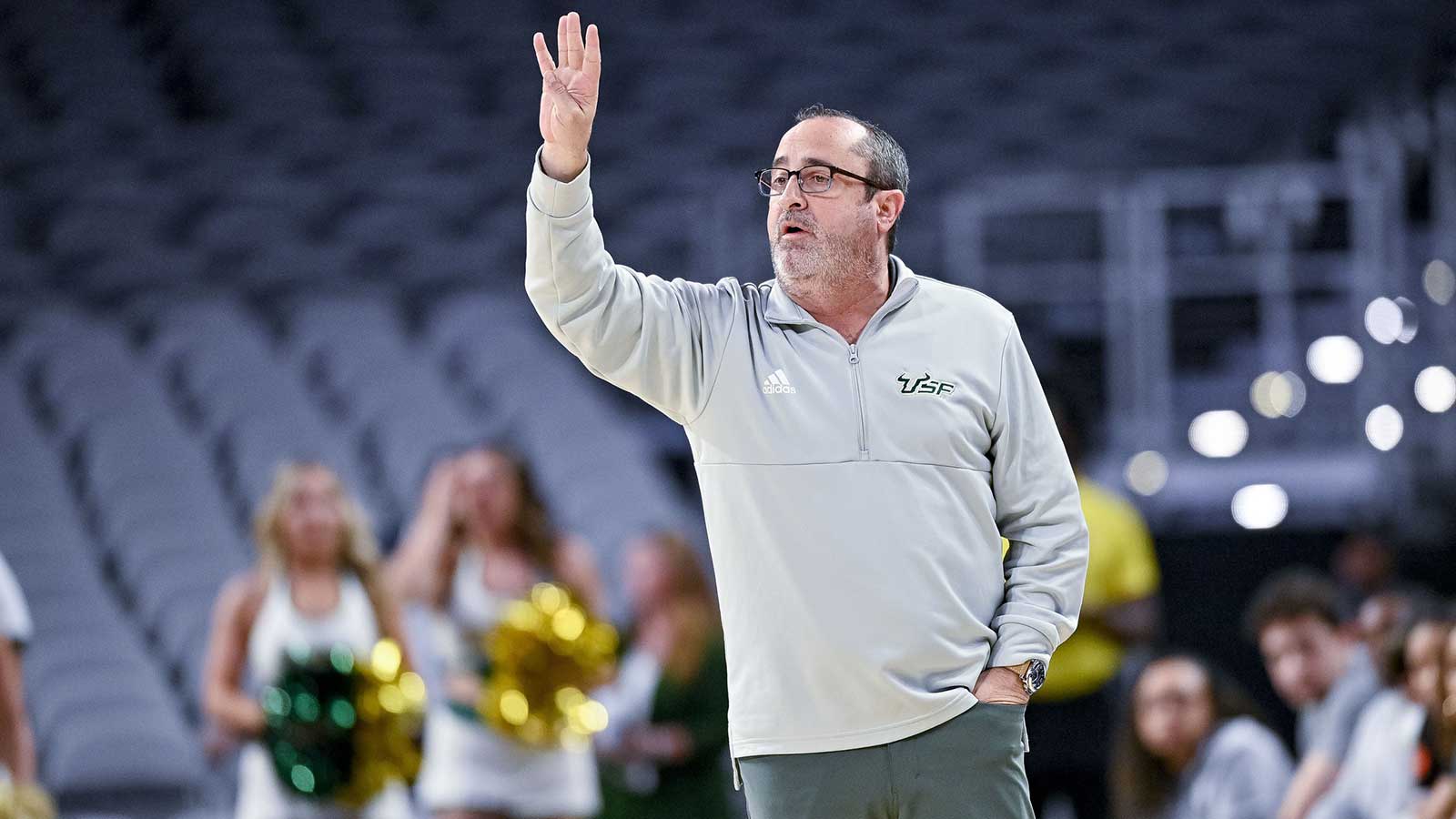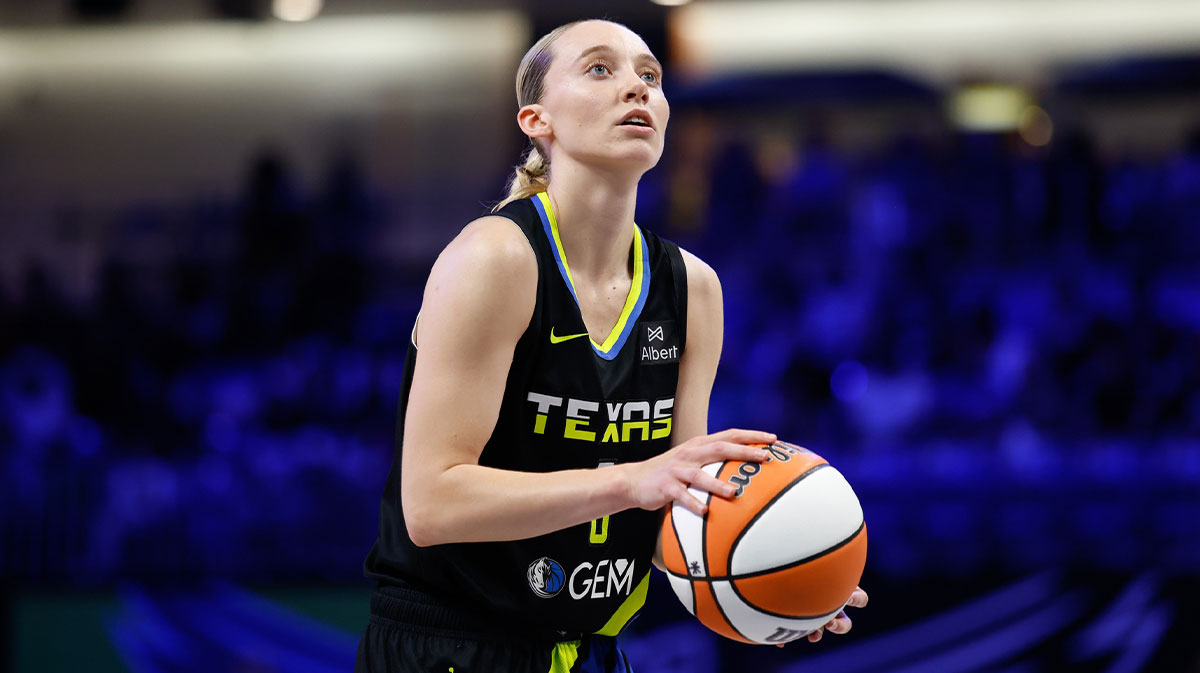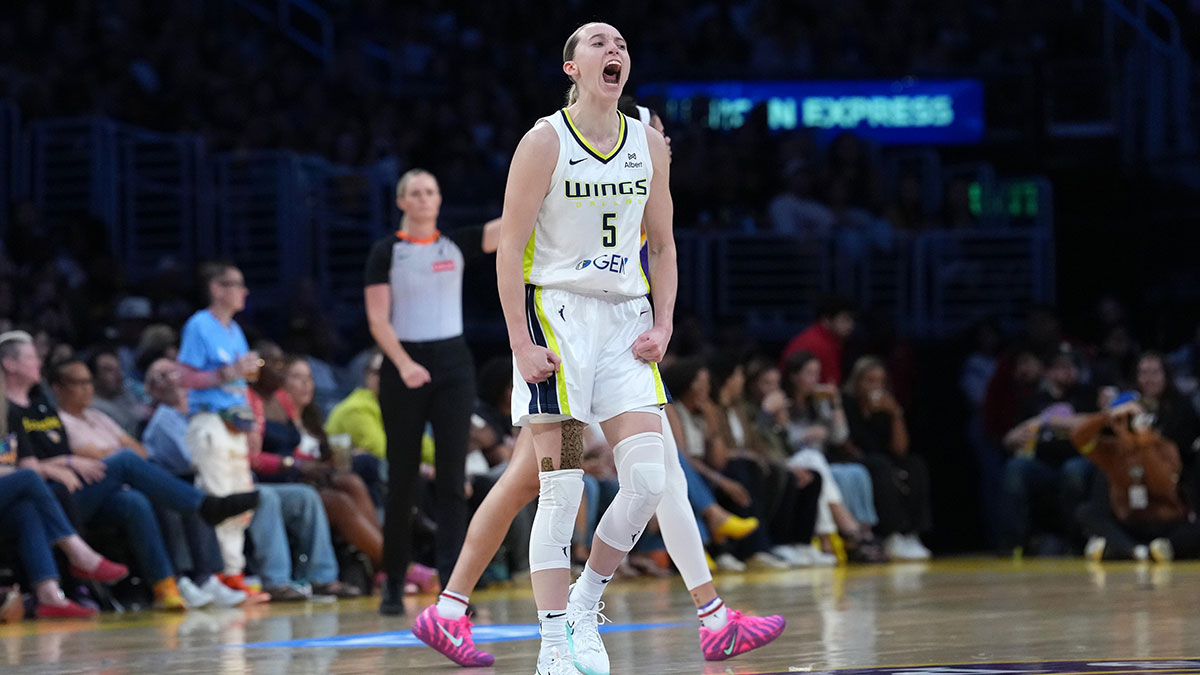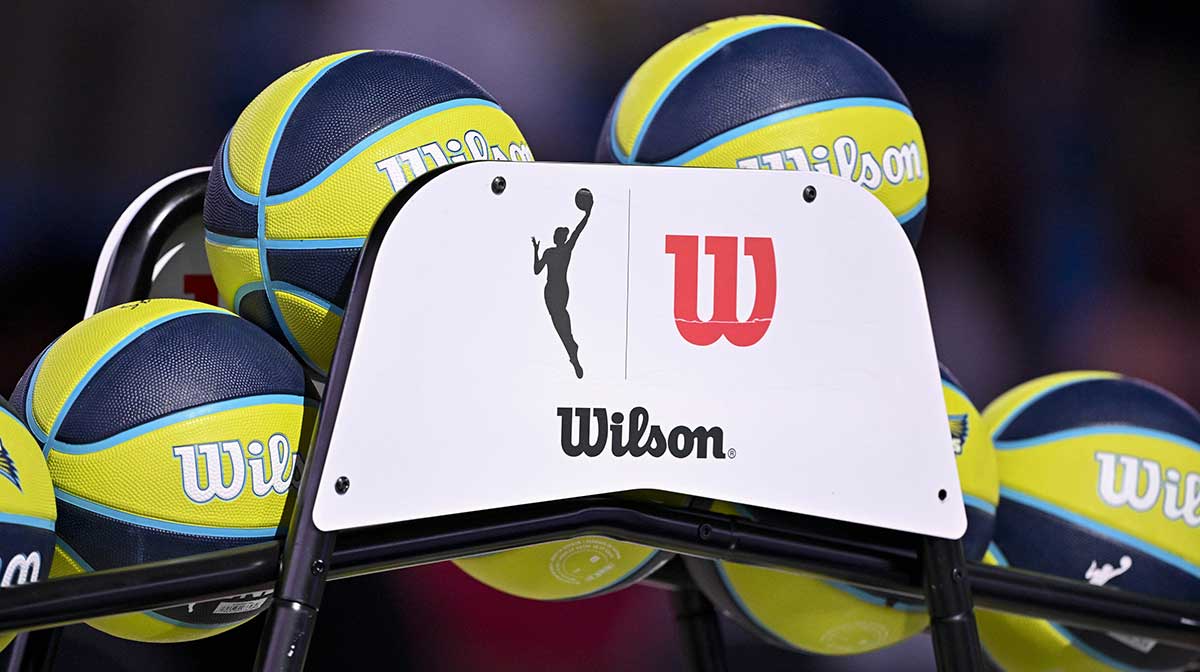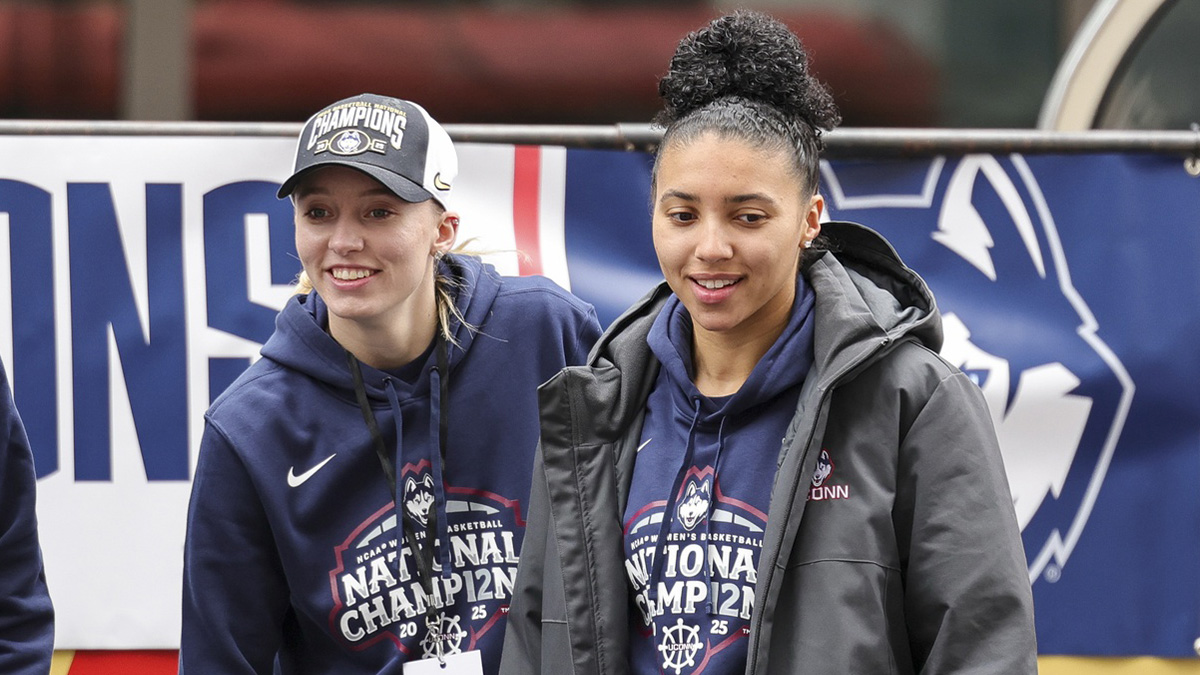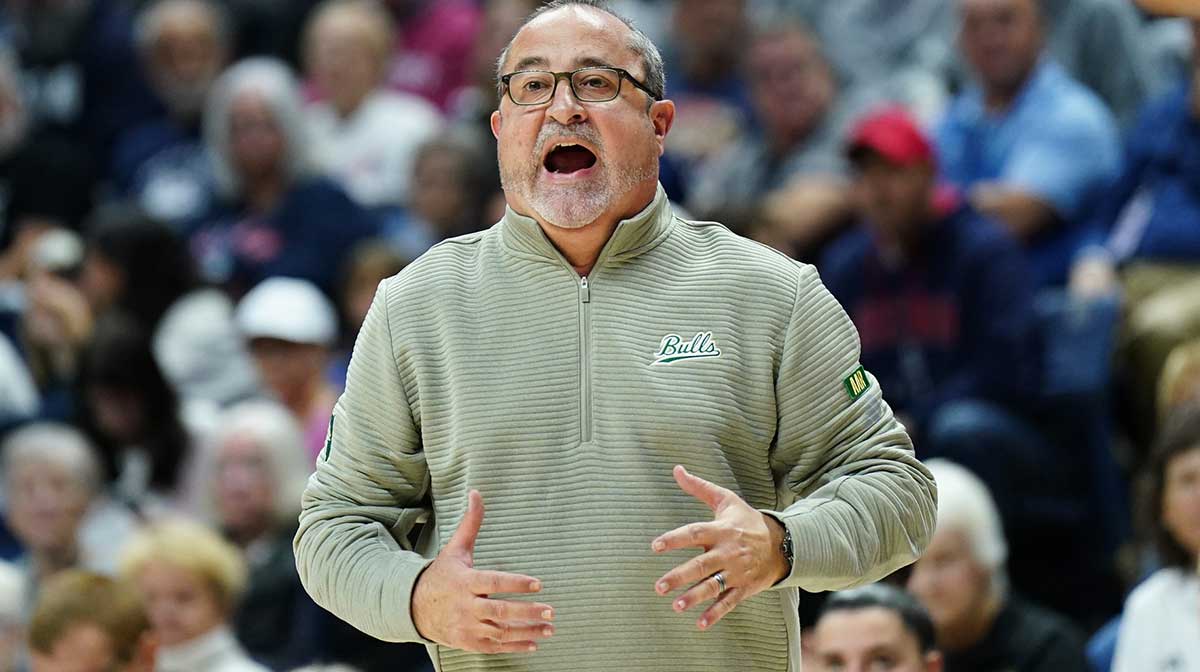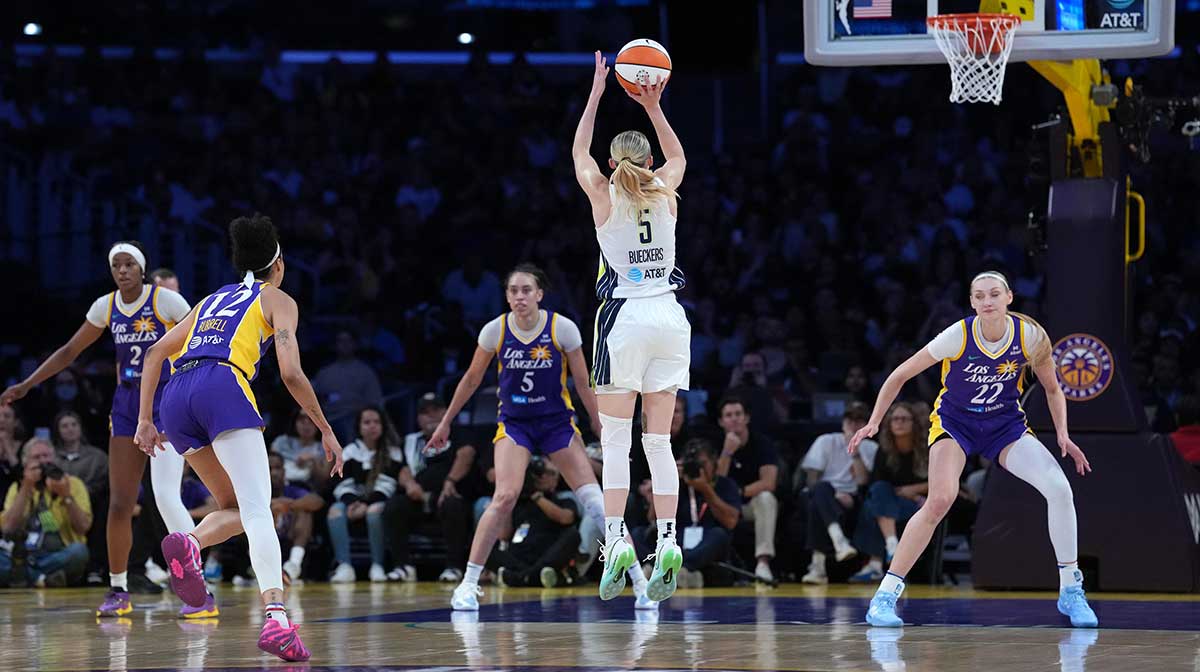The Dallas Wings have endured another grueling season. It's one that has been marked by injuries, inconsistency, and flashes of promise that never quite materialized. Yet, amid the setbacks, this young roster holds pieces that could eventually transform them into contenders. Their challenge moving forward is correcting a fatal flaw that has haunted them all season. Without improved offensive efficiency, the Wings will struggle to escape the lower tier of the WNBA and turn potential into playoff reality.
The Wings’ 2025 season so far
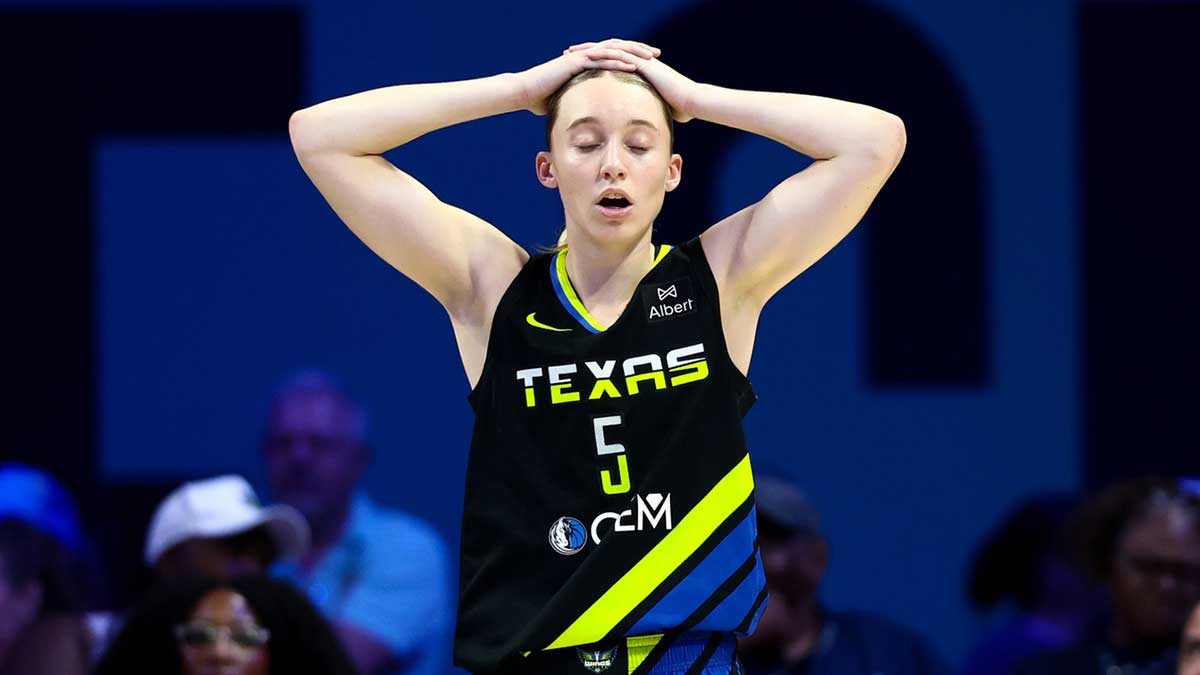
The Wings have endured an injury-riddled season, but Paige Bueckers has emerged as their steadying force and brightest star. Consecutive difficult years have positioned Dallas with the best odds of securing the number one draft pick next season. That's an opportunity to add another generational talent to their young roster. Could that player be Bueckers’ former UConn teammate, Azzi Fudd?
Despite occasional flashes of promise, the 2025 campaign has been another tough one for Dallas. At 9-34 and near the bottom of the Western Conference, the Wings have fallen short of playoff contention. Looking ahead, one glaring weakness must be addressed if they hope to turn things around in 2026: offensive efficiency. Without more consistent scoring, the team’s defensive effort and young talent won’t be enough to close the gap with the league’s elite.
Here we will look at and discuss the fatal flaw that the Dallas Wings must fix before the 2025 WNBA playoffs.
Fatal flaw: Offense struggles define Dallas’ 2025 season
For all of the Wings’ grit and effort, their offense has repeatedly let them down. Across 43 games as of this writing, Dallas has averaged 81.4 points per game, placing them in the league’s lower tier. That scoring output might be enough for a mid-table team with elite defense. However, for Dallas, it has left them consistently chasing games.
Bueckers, of course, has done her part. He is averaging 19.1 points and 5.3 assists per game. She has established herself as one of the WNBA’s brightest young guards. That said, the team as a whole has struggled to score efficiently, shooting just 42.1 percent from the field (11th) and a troubling 30.7 percent (12th) from beyond the arc. In a league increasingly dominated by spacing and perimeter shooting, those numbers are simply not good enough.
The result has been a season filled with long scoring droughts, squandered leads, and an inability to execute in crunch time. Without reliable offensive firepower, the Wings too often find themselves in the role of underdog even against mid-tier competition.
Promising individual performances provide a foundation
Despite the frustration of a nine-win season so far, the Wings do have bright spots that suggest a turnaround is possible. Bueckers continues to develop into one of the WNBA’s top scorers and playmakers. She hass shown poise beyond her years. Myisha Hines-Allen brings energy, rebounding, and defense. She often does the dirty work that keeps Dallas competitive in spurts. Rookie Of course, they also have Arike Ogunbowale in her prime despite having a down season, scoring-wise.
These individual performances offer a foundation for the future. With better offensive structure, improved shooting, and more reliable secondary scoring, Dallas could evolve from a rebuilding team into a legitimate playoff threat. The key lies in whether the franchise can turn these pieces into a cohesive, efficient unit.
The offseason strategy: Building a balanced, efficient offense
Looking ahead, the Wings’ front office must treat this offseason as a defining moment. If Dallas is to reverse its fortunes, the organization must focus on building a more balanced and efficient offense. Fixing their flaws won’t be solved by a single move. They need a comprehensive strategy that addresses multiple aspects of their game.
Player development will be central to this plan. Refining the shooting mechanics and offensive decision-making of core players can cut down on wasted possessions while instilling confidence from beyond the arc. Alongside internal growth, the roster needs an infusion of sharpshooters and versatile scorers who can stretch opposing defenses and provide the floor spacing the Wings have lacked all season.
Physical preparation is just as important. A stronger, better-conditioned team should maintain offensive intensity late into games. That's where Dallas has often struggled. On top of that, the coaching staff must embrace an analytics-driven approach. They need to emphasize efficient shot selection, crisp ball movement, and clearly defined roles that play to the strengths of talents like Bueckers and Ogunbowale.
If the Wings can commit to this kind of holistic overhaul, they can move away from being a one-dimensional squad that leans too heavily on individual brilliance. Instead, they have the potential to evolve into a balanced, playoff-ready group capable of competing with the Western Conference elite.
Turning potential into progress
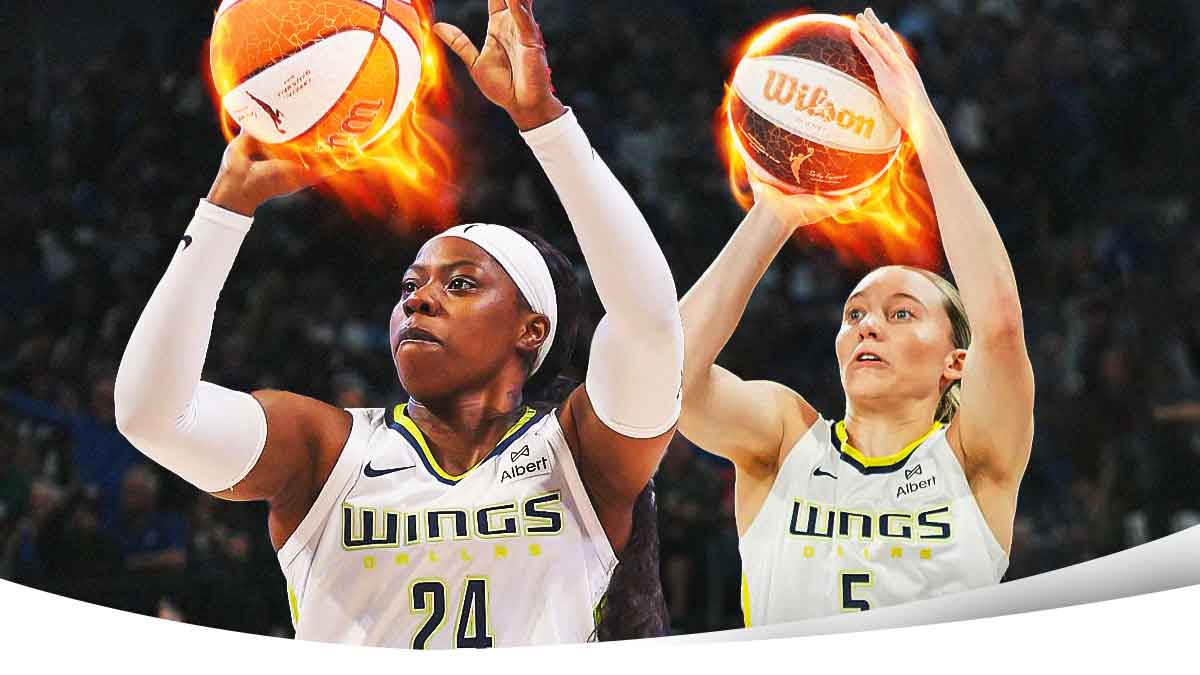
The Dallas Wings’ 2025 campaign has been defined by adversity, but also by glimpses of what the future might hold. The Bueckers-Ogunbowale duo is truly tantalizing. In addition, the supporting cast has pieces worth developing. Yet the team’s offensive inefficiency has kept them from competing with the league’s elite.
If Dallas can transform its offense through player growth, roster upgrades, and tactical refinement, the story could be very different in 2026. With another potential star arriving via the draft, the Wings may be on the cusp of turning promise into progress. That said, until they solve their scoring struggles, playoff dreams will remain just out of reach.

